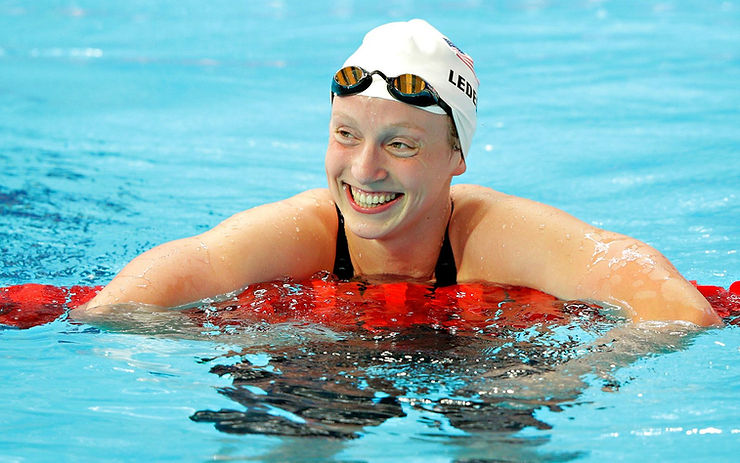By: Chloe Huang
Many people, myself included, were enrolled in swimming lessons in their childhood. Some found a lifelong hobby. Others dreaded classes that left you tired, cold, and with water in your nose. I was in the second category. Either way, swimming classes left people with knowledge of the four swimming strokes: freestyle, backstroke, breaststroke, and butterfly. But not all strokes are created equal. Here are the four classical swimming strokes, ranked.
Number 4: Butterfly
The butterfly stroke is an advanced stroke, usually one of the last strokes a swimmer learns. In the butterfly stroke your legs simultaneously “wiggle” up and down like a dolphin while your hands push back and then draw a half circle. This stroke is fast but uses a lot of energy. It is tiring to sustain this stroke for long periods of time and does not provide significant benefits outside of competition.
Number 3: Freestyle
Freestyle is the most standard stroke, and a stroke many swimmers learn early on. However, it is not a beginner stroke, and it takes a lot of practice to coordinate your breathing, hands, and legs. I and many others have choked on water numerous times when practicing freestyle. In this stroke, your legs kick up and down while your hands move in circles, like a windmill. While this stroke is less tiring than the butterfly, it is hard to coordinate your breathing and the risk of choking on water is increased.
Number 2: Backstroke
Backstroke is unique in that it is the only stroke where a swimmer lies on their back. It is essentially freestyle but on your back, meaning there is no need to come up for air, as your face is not submerged. Backstroke is not tiring and can be sustained for long periods of time. However, it is hard to discern direction in backstroke because your face is towards the ceiling or sky.
Number 1: Breaststroke
Ultimately, the breaststroke is the best swimming stroke. Commonly called the “frog” stroke, the breaststroke mimics a frog’s movements while swimming. While breaststroke is not very fast, it is simple and not very tiring. In addition, it is easy to coordinate breathing while swimming breaststroke, making it a comfortable stroke to use.
BONUS: Dog Paddle
The dog paddle cannot be considered a real stroke, as it doesn’t have regular movements, but rather as a beginner’s way of staying afloat in the water. It is effective albeit tiring. However, you do not have to coordinate your hands and feet, making it easy for beginners to pick up.











